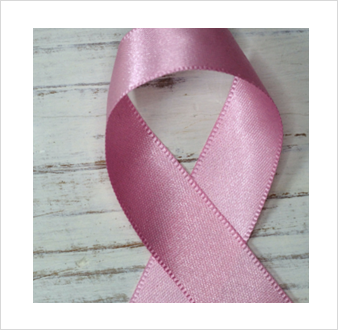
BREAST CANCER TREATMENT
Cryoablation replaces lumpectomy but does not remove the need for supplementary treatments prescribed by your oncologist.
WHAT ROLE DOES CRYOABLATION PLAY IN BREAST CANCER TREATMENT?
Cryoablation was developed as a treatment for breast cancers around 15 years ago. There have been 3 large clinical trials (2 of which are ongoing) and multiple smaller studies. All the published results show >95% successful ablation in tumors smaller than 1.5cm.
There have been very few complications from this procedure. The most significant complication is frostbite of the skin overlying the ice ball. For this reason, particular care is given to maintaining good distance between skin and ice during procedure. Other complications such as bleeding, are rare or minor.
The decision to perform cryoablation is taken by the patient in consultation with treating doctors. The patient must have a tumor that fits the criteria listed below. Cryoablation will not be successful if used inappropriately. A radiologist may perform the actual procedure as it is an image guided ablation. Radiologists, experienced in other ultrasound guided techniques such as biopsies, are well suited to perform image guided cryoablation. However, all referrals must be from a surgeon or oncologist.
TREATMENTS
Advantages of cryoablation
Tumors suitable for cryoablation:
- Solitary tumors
- 2cm maximum diameter
- No lymph node spread
- Tumor not too close to skin or chest wall
- Hormone cancers
Not suitable for cryoablation
- Multiple tumors
- >2cm maximum diameter
- Tumors associated with lymph node metastases
- Tumors abutting skin or chest wall
- Non-hormone cancers i.e. HER-2 and triple negative cancers
- Ductal carcinoma in situ (DCIS)
ADVANTAGES
Advantages of cryoablation
Advantages over surgery include:
- No hospital admission. This means reduced costs and infection exposure
- No general anesthesia
- Quicker recovery.
- Usually minimal post procedure discomfort
- Excellent cosmetic outcome
